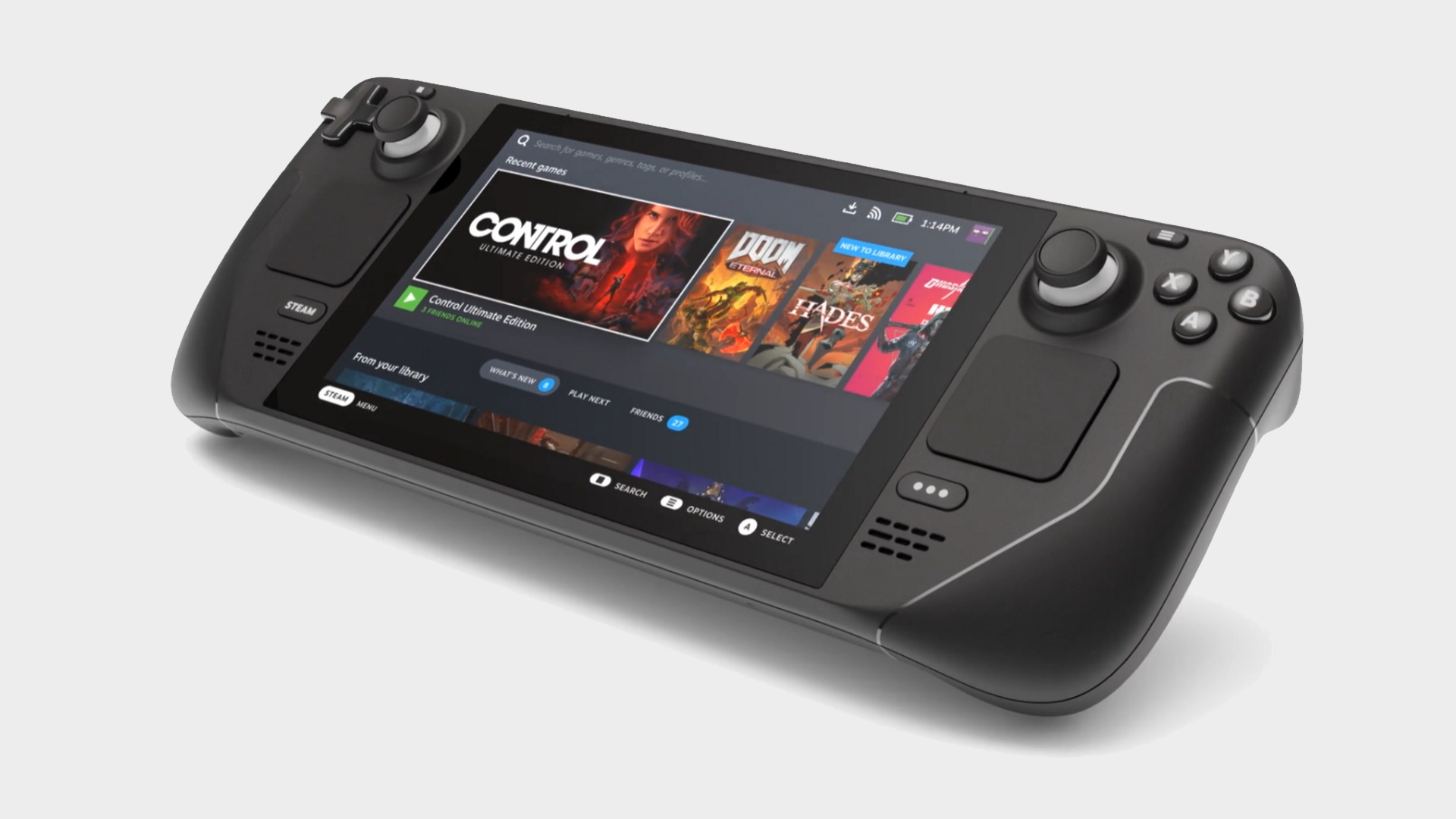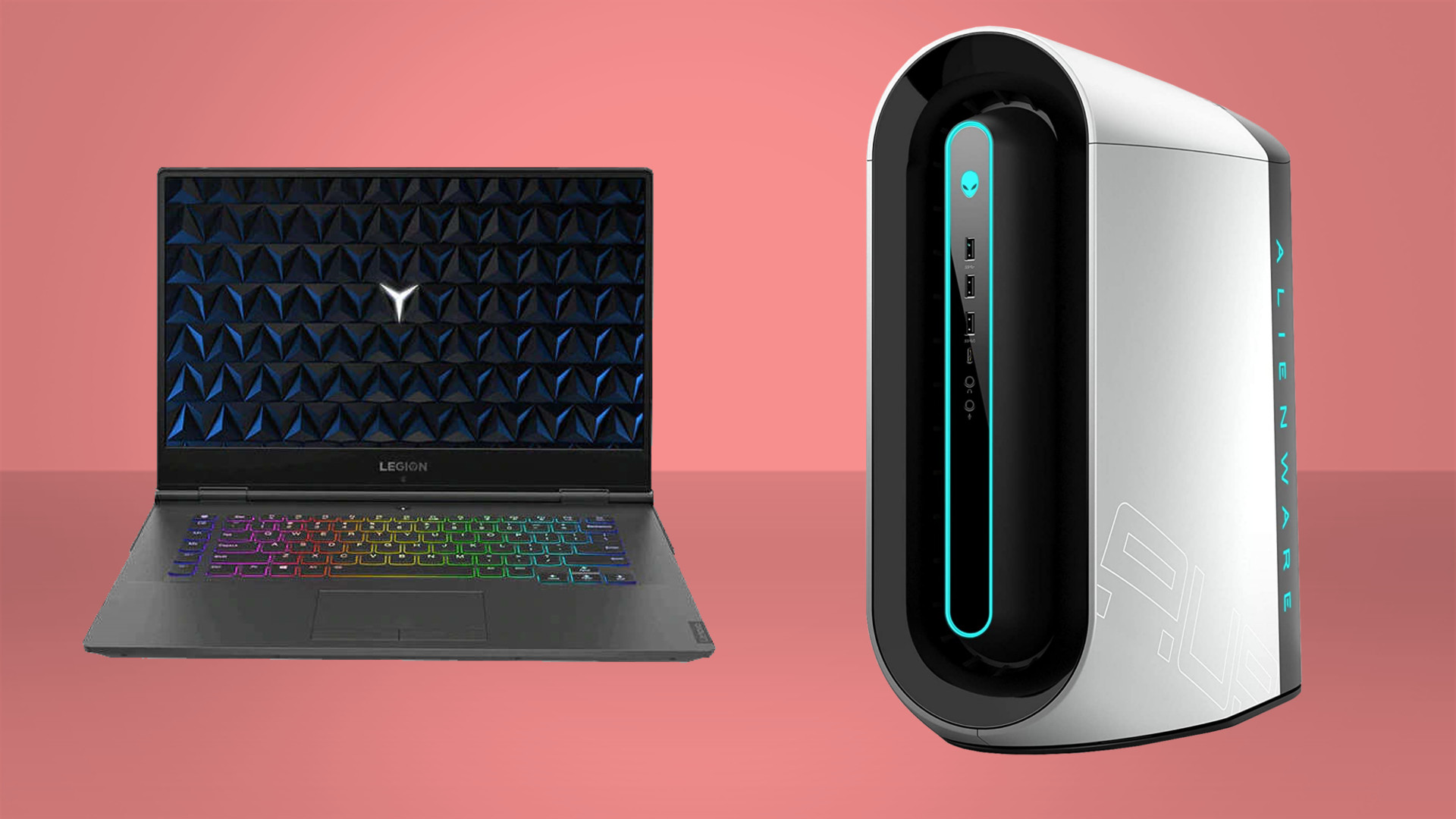This is why Valve is switching from Debian to Arch for Steam Deck's Linux OS
It may all be hidden from view, but the underlying SteamOS 3.0 plays a critical role in the future of the Steam Deck.

We recently enjoyed some hands-on time with Valve's Steam Deck and got to talk to the engineers behind Valve's bold handheld project. While there are plenty of questions surrounding the hardware side of the Steam Deck, there's also the whole matter of the operating system to consider as well. Although it can, it won't be running Microsoft Windows out of the box, but rather Valve's own SteamOS 3.0 instead.
There's a key change from the version of SteamOS designed for its failed Steam Machines project though, and that's a switch away from Debian as the core distribution over to Arch instead. Both are popular Linux distributions, but they're aimed at different markets and that makes for some fundamental differences between the two—most notably how they are updated.
Debian, which is one of the oldest Linux distributions, has a defined update schedule in place and long term support of up to 10 years for specific releases. It uses a standard update model, where lots of smaller updates are grouped together and released as a big new version.
Given Debian is widely used for servers, that's the kind of stable, consistent support its audience is looking for. Debian still gets security and general software updates, but the core is left well alone—that whole 'if it ain't broke, don't fix it' mentality.
This setup isn't ideal for what Valve is looking to do with the Steam Deck though. At launch, the Steam Deck will undoubtedly need multiple small updates to make sure everything works flawlessly. Some of which could affect the underlying kernel—not something that Debian readily lends itself to.
That's something Valve designer, Lawrence Yang, told us during our hands-on time with the Deck when we asked about the switch from Debian to Arch.
"So, Arch Linux, one of the main reasons, there's a couple, but the main reason is the rolling updates of Arch allows us to have more rapid development for SteamOS 3.0," says Yang. "We were making a bunch of updates and changes to specifically make sure that things work well for Steam deck, and Arch just ended up being a better choice for them."
The biggest gaming news, reviews and hardware deals
Keep up to date with the most important stories and the best deals, as picked by the PC Gamer team.
On top of that, you're probably looking at updates to the graphics drivers and Proton could need some big changes too—which is the layer that ensures games designed for Windows work on Linux. Fundamental changes to SteamOS itself aren't out of the question either.
Essentially, at launch, the Steam Deck is going to need plenty of smaller updates, not a big, one-off package.

Best gaming PC: the top pre-built machines from the pros
Best gaming laptop: perfect notebooks for mobile gaming
The fact that Arch is based on a rolling release model, as opposed to a traditional all-encompassing update system, simply makes it a better option for Valve's needs. That Arch is generally considered to be a better option for desktop PCs anyway doesn't hurt either.
The Steam Deck will start shipping to those that pre-ordered it from December 2021. Interest in the handheld has been significant though, and anyone ordering today will have to wait to Q2 2022 before they'll be able to get their hands on the machine.
Alan has been writing about PC tech since before 3D graphics cards existed, and still vividly recalls having to fight with MS-DOS just to get games to load. He fondly remembers the killer combo of a Matrox Millenium and 3dfx Voodoo, and seeing Lara Croft in 3D for the first time. He's very glad hardware has advanced as much as it has though, and is particularly happy when putting the latest M.2 NVMe SSDs, AMD processors, and laptops through their paces. He has a long-lasting Magic: The Gathering obsession but limits this to MTG Arena these days.


